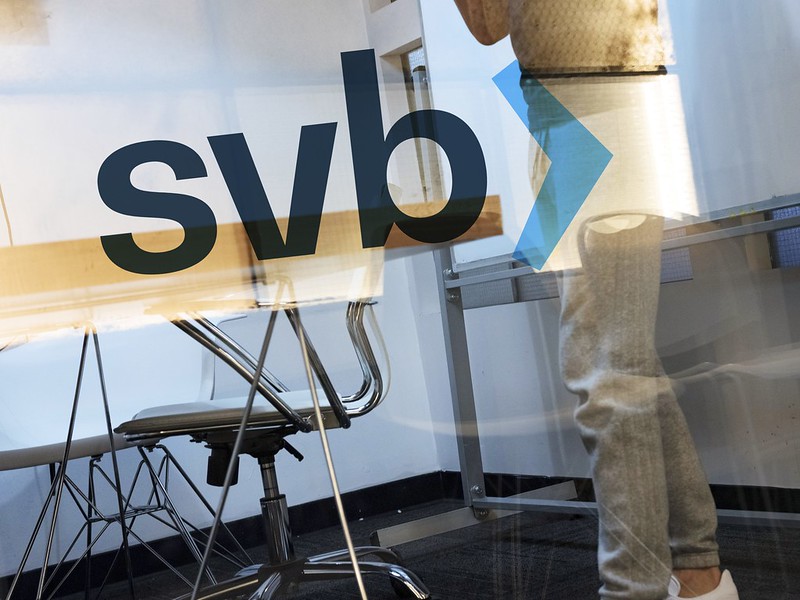Silicon Valley Bank (SVB), a Major Tech Sector Lender, Collapses as Broader Industry Reckoning Continues – Second Largest Bank Failure in US History
On Wednesday evening, Silicon Valley Bank (SVB) announced that it was planning to raise $2 billion to strengthen its financial position after suffering losses amid the broader slowdown in the tech sector. The bank also indicated that it had seen an increase in startup clients pulling out their deposits. At the same time, SVB signaled that its securities had lost value as a result of higher interest rates.
The announcement triggered concerns among investors, and by Thursday morning, SVB shares began to experience a massive sell-off. The bank’s CEO, Gary Becker, tried to reassure tech investors to stay calm, stating that the only danger posed to SVB was if “everybody is telling each other that SVB is in trouble.”
However, it appears that the message did not resonate with some tech titans, including Peter Thiel, who reportedly warned startup founders to reduce their exposure to SVB. This shift in sentiment may have contributed to a self-fulfilling prophecy, with more investors pulling out their investments from the bank.
The developments at SVB come as the tech sector faces a broader reckoning, with many investors growing increasingly cautious about investing in high-risk startups. As a major lender to the tech industry, SVB’s struggles could exacerbate concerns about the health of the sector and the broader economy.
SVB’s ability to raise $2 billion may be critical to its future success. However, it remains to be seen whether the bank will be able to regain the confidence of investors and maintain its position as a leading lender in the tech industry.
Following a tumultuous week, Silicon Valley Bank (SVB) has collapsed and entered receivership, according to an announcement by California state and federal banking regulators on Friday. The move came after the bank failed to raise the $2 billion it had hoped to assemble and was reportedly seeking a buyer, as deposit outflows continued to accelerate.
On Friday morning, customers had lined up outside the bank’s Park Avenue offices in New York, prompting SVB to call the New York Police Department. Officers who arrived at the scene concluded that no criminal activity was taking place, according to an NYPD spokesperson.
The collapse of SVB is significant, as it marks the second-largest bank failure in US history, behind the collapse of Washington Mutual in September 2008. By the end of Thursday, SVB shares had already fallen by 60%, and the situation worsened on Friday morning, leading regulators to step in and take over the bank’s deposits.
The collapse of SVB comes at a time when the tech sector is facing increased scrutiny from investors, with concerns growing about the health of the industry and the broader economy. As a major lender to the tech sector, SVB’s failure could exacerbate these concerns, and its collapse could have wider repercussions across the industry.
The failure of SVB also highlights the importance of maintaining strong financial positions, particularly in times of economic uncertainty. As businesses face continued challenges and risks, maintaining adequate reserves and diversifying risk may be critical to avoid similar outcomes.
In Conclusions
The closure of Silicon Valley Bank (SVB) is a significant event that has raised concerns about the health of the tech industry and the banking sector. The collapse of SVB is the second-largest bank failure in US history and has highlighted the importance of maintaining strong financial positions and diversifying risk. While some banking analysts have dismissed concerns about a potential contagion, it remains to be seen what the wider impact of SVB’s collapse will be. As businesses face continued challenges and risks, maintaining adequate reserves and managing risk may be critical to avoid similar outcomes in the future. The situation underscores the importance of vigilance and careful management in the banking and tech sectors, particularly during times of economic uncertainty.

